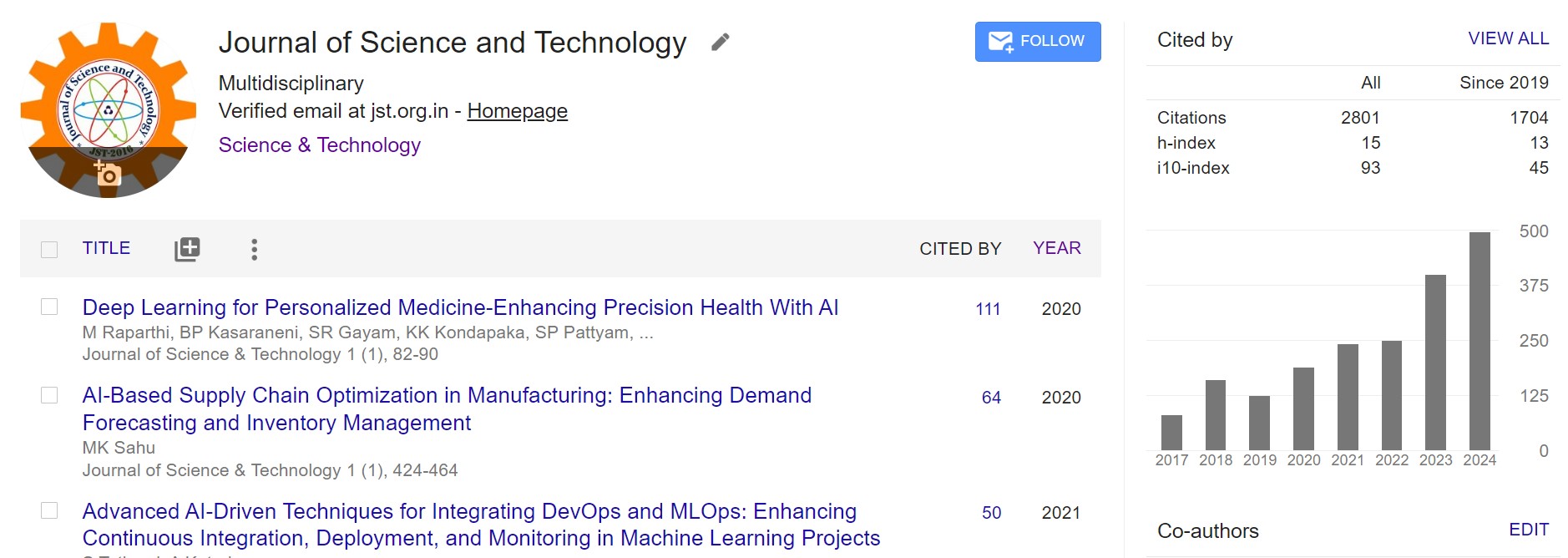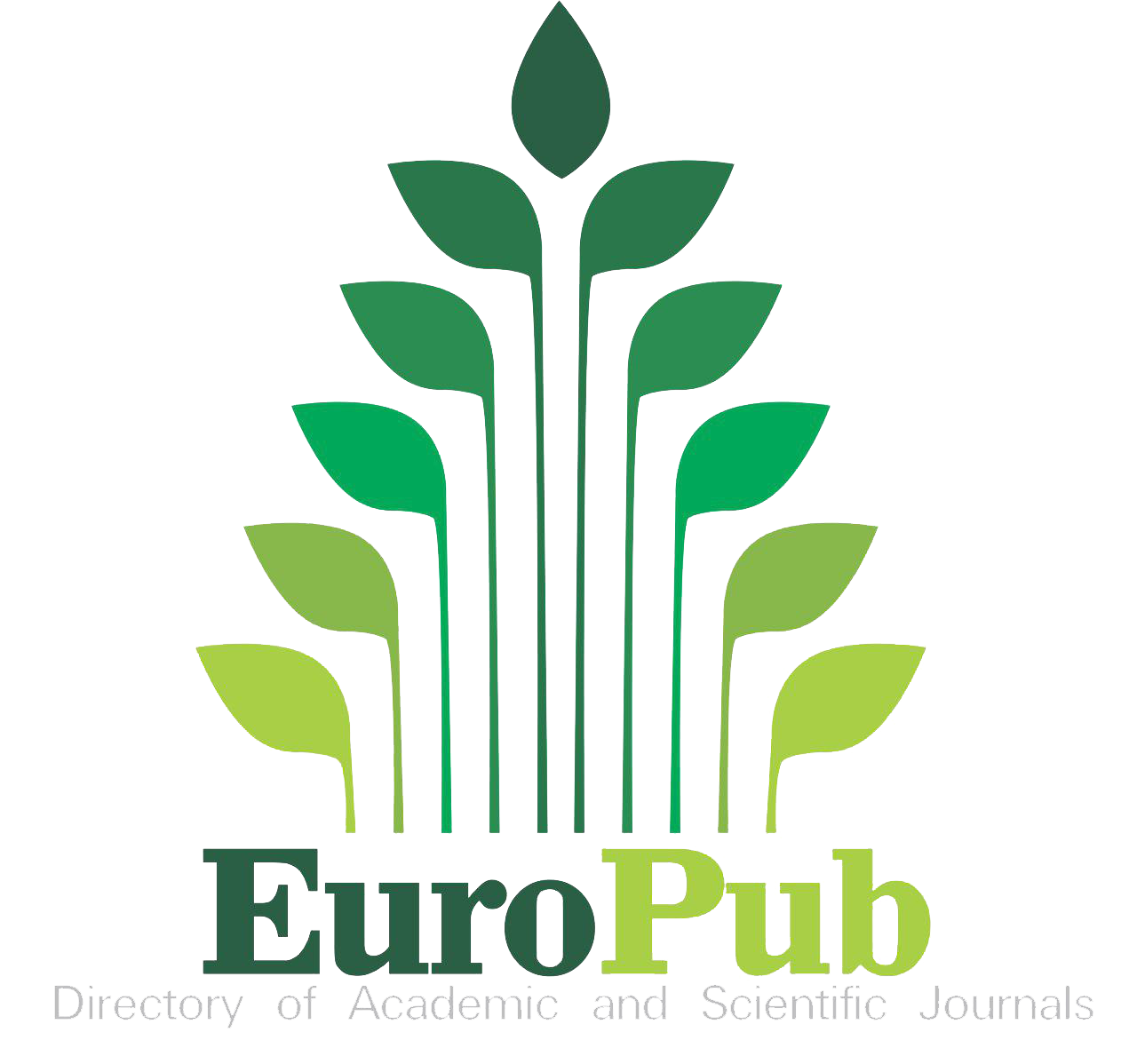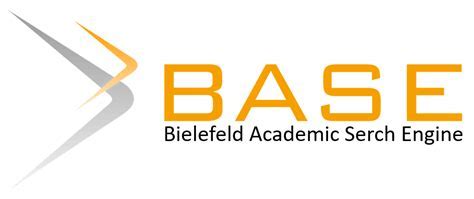Investigation of Effectiveness of Traffic Calming Measures on Urban Streets under Mixed Traffic Conditions
DOI:
https://doi.org/10.46243/jst.2021.v6.i1.pp153-161Keywords:
Speed bump, streets, driving simulator, safetyAbstract
Considering the increasing rate of fatal accidents on Indian roads (MoRTH Report, 2015), the need for considerable research aiming to reduce the conflicts is necessary. A speeding vehicle can be a menace to the other road users particularly for unsignalized intersections and the zones where motorized and non-motorized traffic interaction is high such as school proximities, residential streets etc. Static speed control devices like speed bumps and humps are one of the ways to keep vehicular speeds to a certain limit in such. Although the use of these measures becomes frequent all over the world, there are still controversies that they are not actually effective in reducing speeds. Hence, the present study aimed to evaluate the performance of the existing selected traffic calming measures such as Speed bump, speed hump, speed table and rumble strips from residential streets of Mumbai City. The speed profiles of the heavy, light commercial vehicles, cars, three wheelers and motor bikes, across the selected traffic calming measures are determined, examined and analyzed. It is observed that the speed bump has shown significant reduction in speed with 6-14kmph crossing speed. While Speed hump and speed table have recorded 25 to 30kmph. Almost over 85% of vehicles speed was reduction by 70% at the bump with respect to their approaching speed. The speed hump has recorded the highest percentage of vehicles crossing the hump above the speed limit with 55% which indicates that these are not much suitable for speed controlling measures.


























